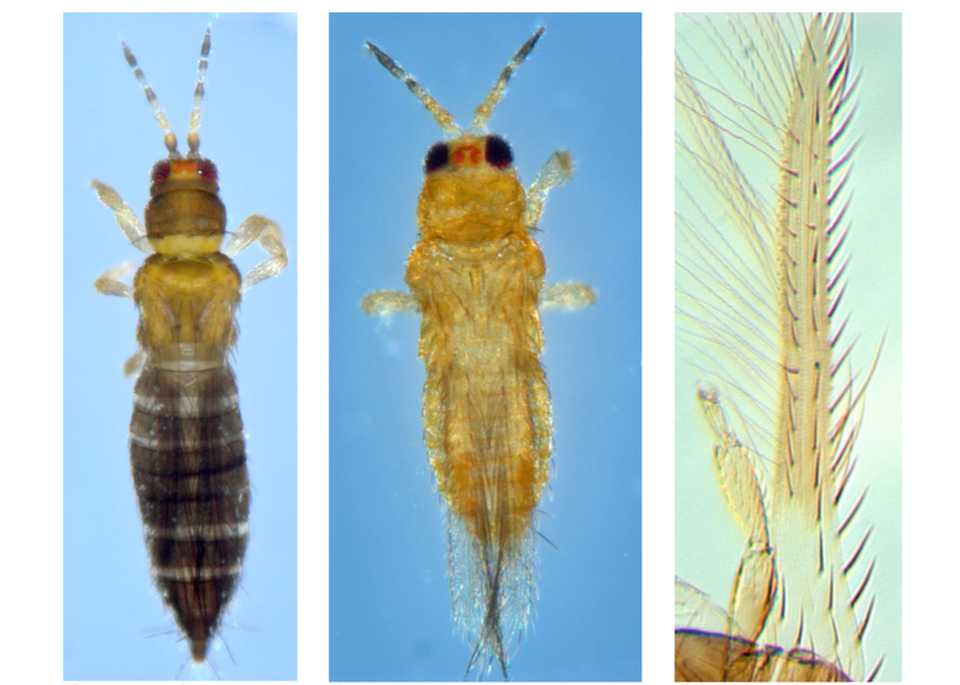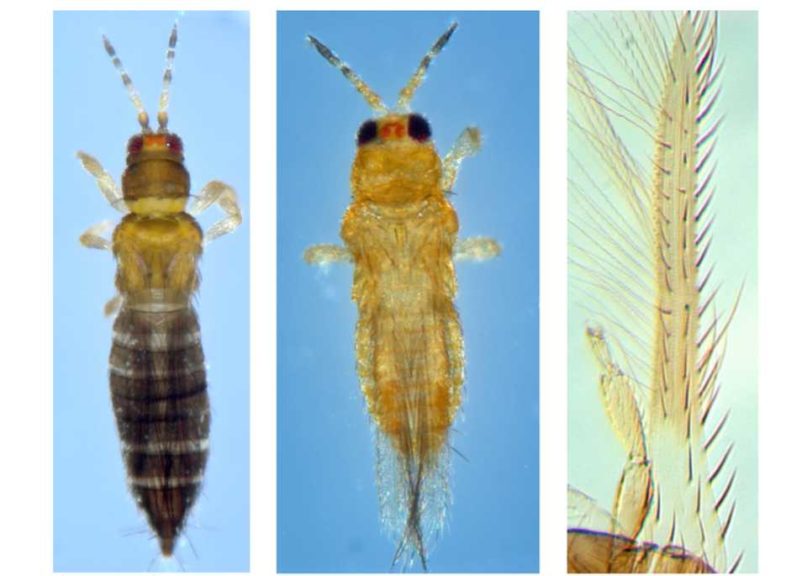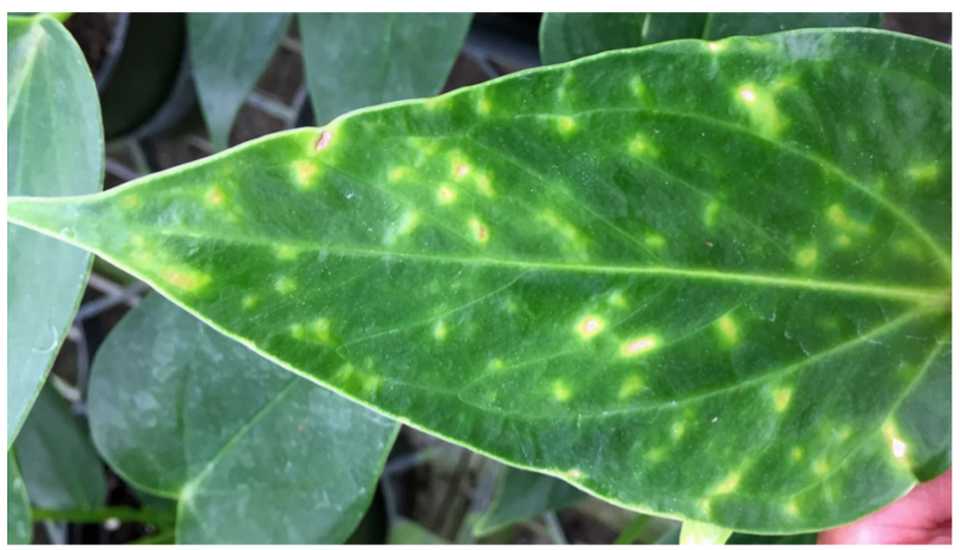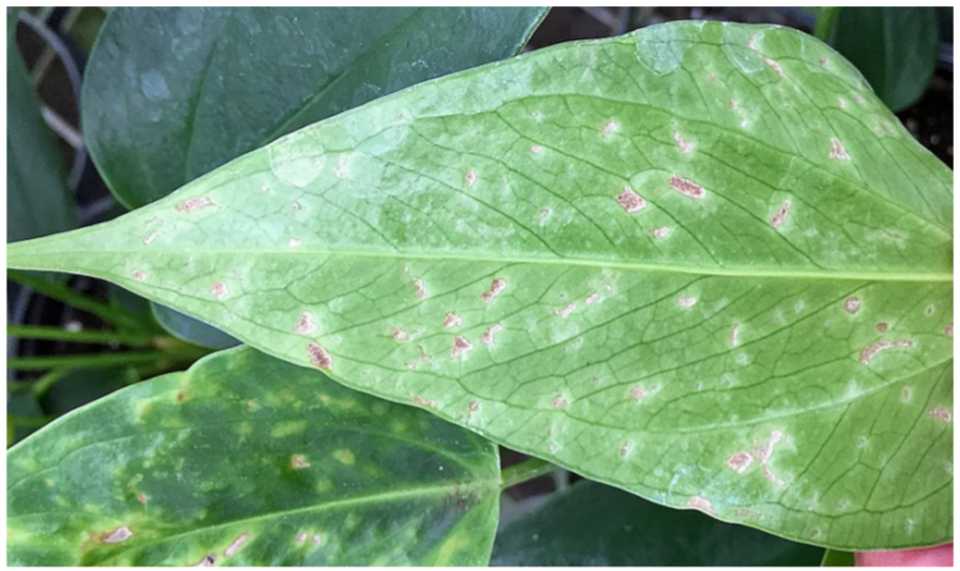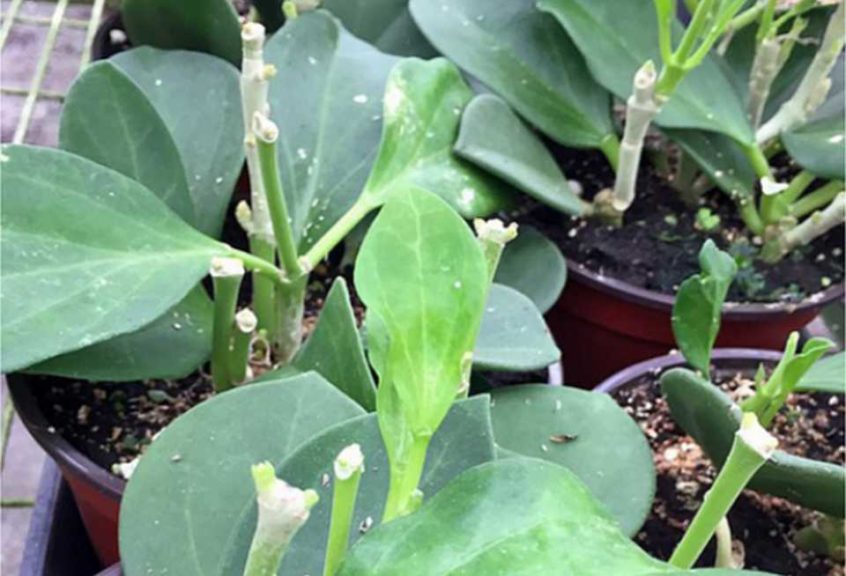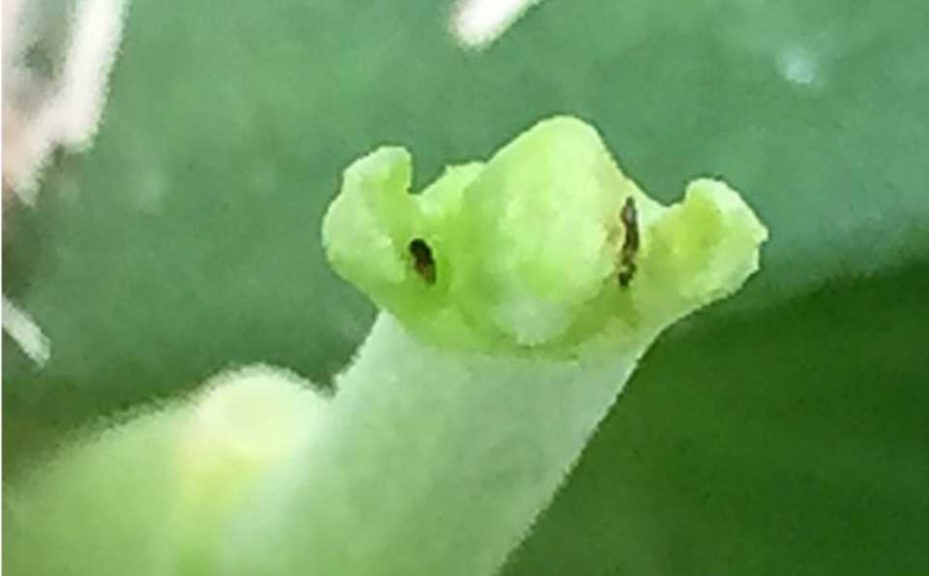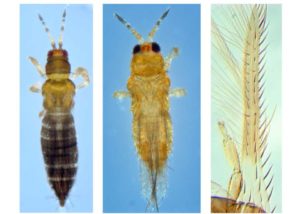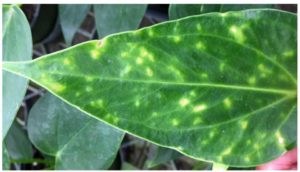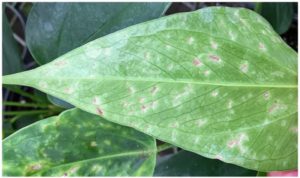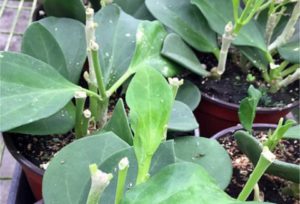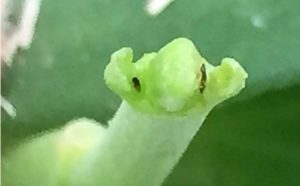Breakthrough Study Might Have Answers For Thrips Parvispinus
A milestone Thrips parvispinus study led by UF/IFAS Assistant Professor Alexandra Revynthi was recently published in the journal Insects. The comprehensive body of work provides growers, entomologists, and landscape companies with promising products that can be used to battle this invasive insect that has a growing appetite for a variety of fruit, vegetable, and ornamental crops. Since it was first discovered in a Central Florida greenhouse in 2020, the pest has caused significant damages to various industries and even spread to residential areas.
In South Florida, the gardenia and mandevilla production industries experienced major losses, while others impacted that grow around the state include pepper varieties, hibiscus, Mexican petunias, ixoras, anthuriums, hoyas, and scheffleras.
“There are many products registered for thrips control that can be used in ornamental production” Revynthi says. “This study narrows the list of products down and offers a few environmentally friendly options to minimize environmental impact.”
The study produced a list of conventional and biorational insecticides that can be used against Thrips parvispinus.
Scientists started with anecdotal evidence from the growers indicating which conventional chemistry often used for thrips control was not effective against this pest.
With those chemistries in mind, they screened 32 registered products (21 conventional and 11 biorational insecticides) for use in ornamental plants for thrips control that are available in the Florida market.
In addition, scientists also wanted to know the extent of the feeding damage the thrips could cause when treated with an insecticide.
“Since we knew the two larval stages as well as the adults can cause damage to plants, we decided to evaluate all the products against these three stages,” she says.
Scientists went a step further by addressing whether they could treat an infestation or potentially prevent it altogether.
“To investigate whether we can treat an infestation we applied the insecticides directly on the thrips, to explore whether we could prevent an infestation, we exposed the thrips to plant tissue that was previously sprayed with one of the insecticides,” she says.
The results indicate several products could be good options to consider.
“These products can either kill the thrips immediately, within 48 hours, or they can prevent them from feeding,” Revynthi says. “Since this was a laboratory study, the results are still pending validation from greenhouse experiments.”
Click here to review the Thrips parvispinus study in detail.



